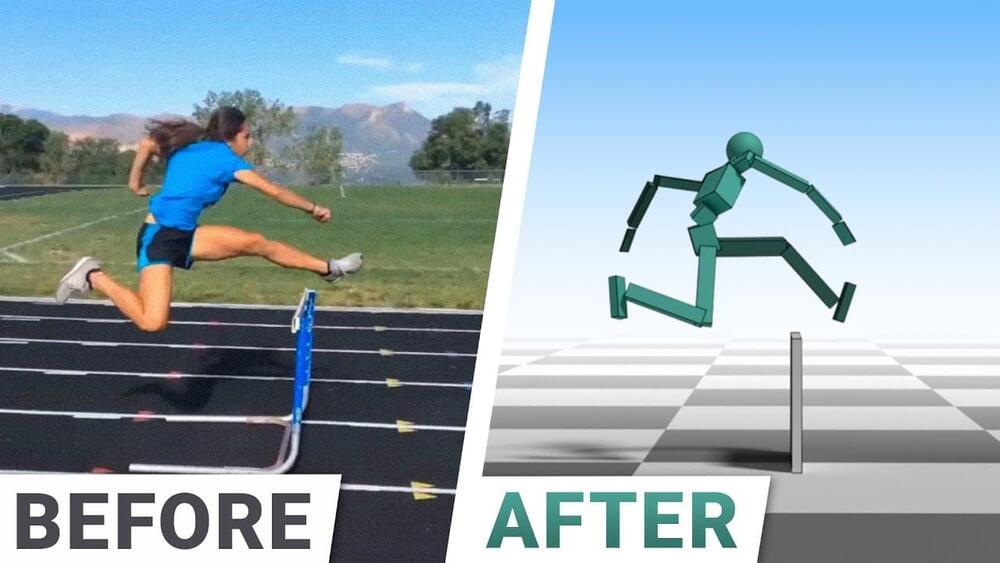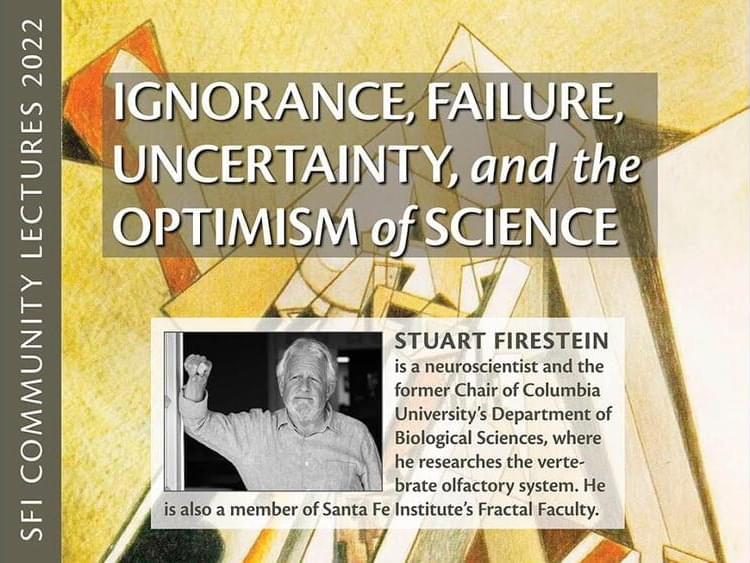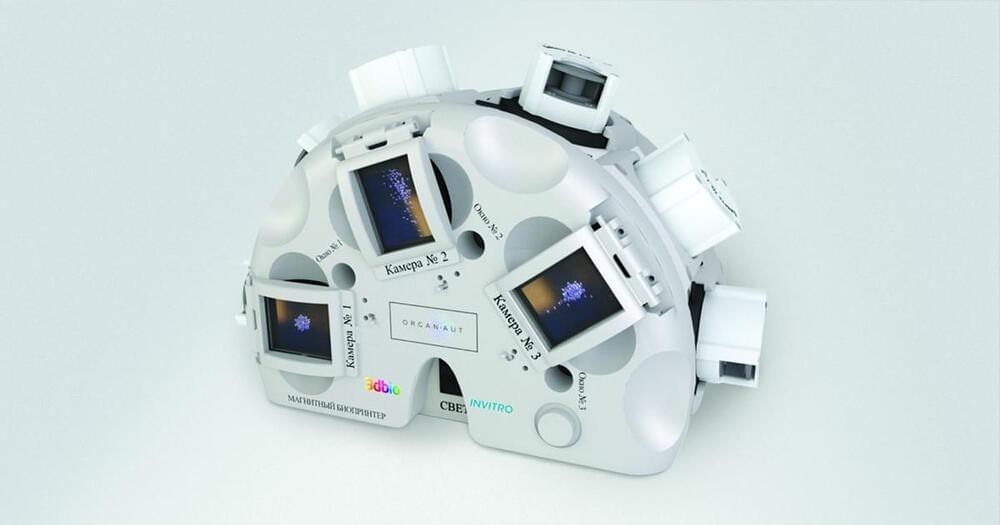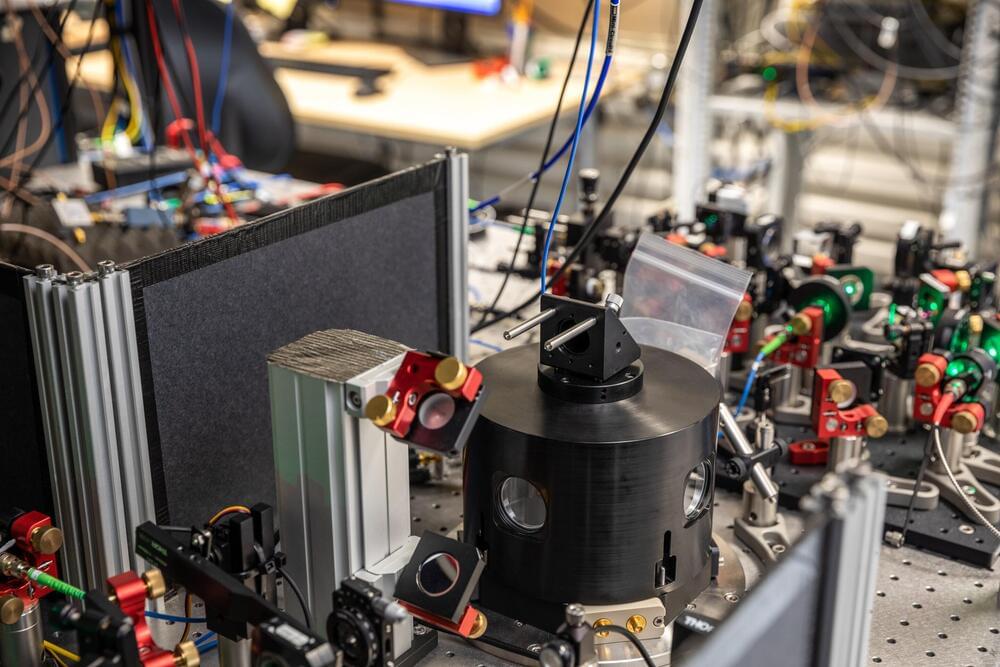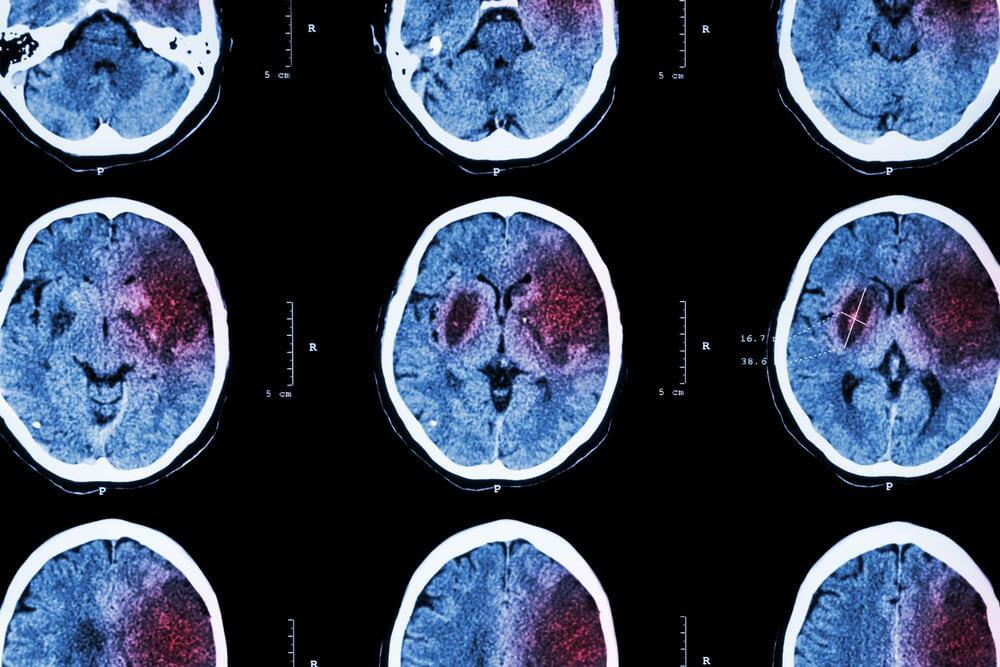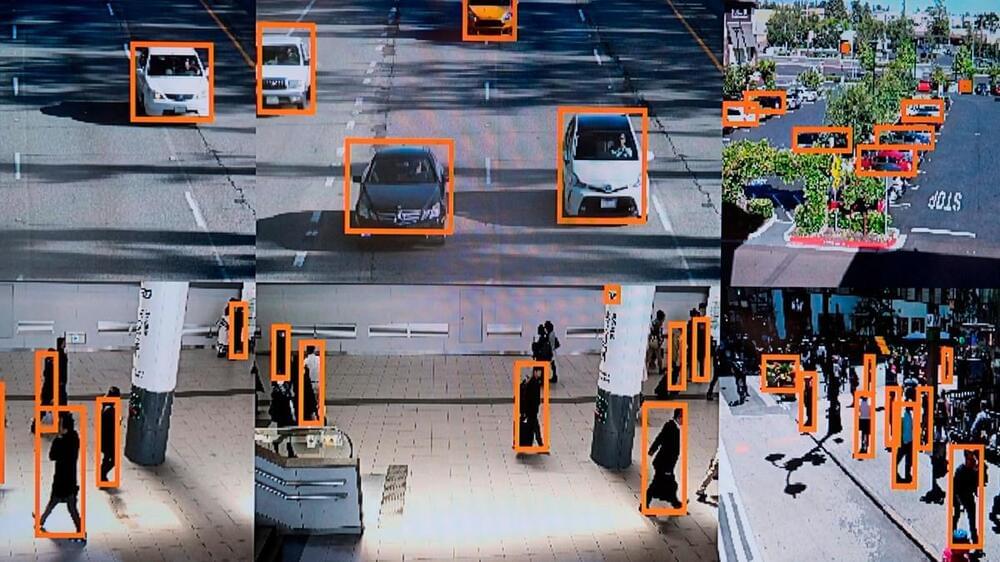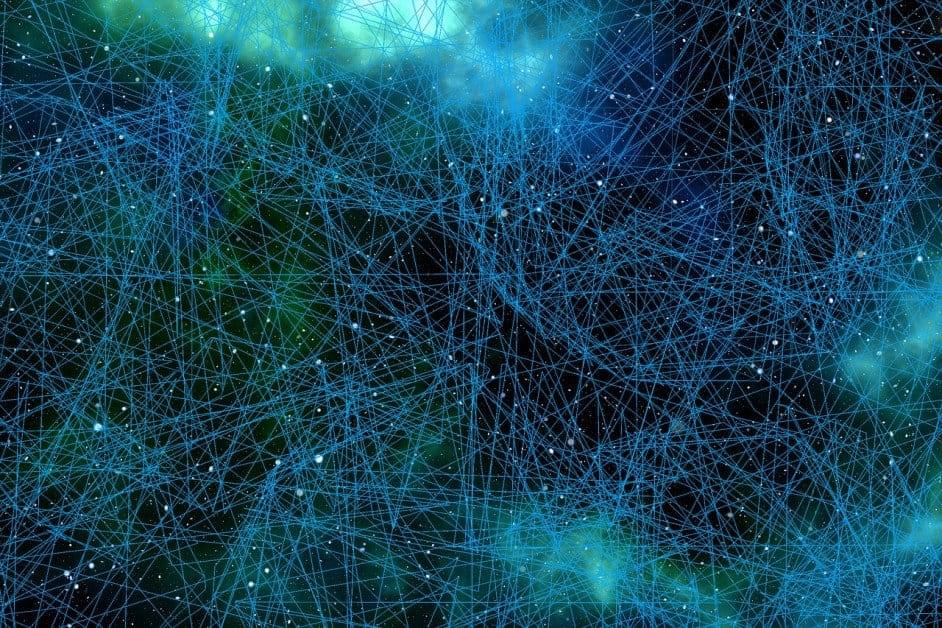ESA astronaut Matthias Maurer spoke with German broadcaster ARD to recount his time in space watching as the Ukraine war unfolded.
❤️ Check out Fully Connected by Weights & Biases: https://wandb.me/papers.
📝 The paper “Human Dynamics from Monocular Video with Dynamic Camera Movements” is available here:
https://mrl.snu.ac.kr/research/ProjectMovingCam/MovingCam.html.
❤️ Watch these videos in early access on our Patreon page or join us here on YouTube:
- https://www.patreon.com/TwoMinutePapers.
- https://www.youtube.com/channel/UCbfYPyITQ-7l4upoX8nvctg/join.
🙏 We would like to thank our generous Patreon supporters who make Two Minute Papers possible:
Aleksandr Mashrabov, Alex Balfanz, Alex Haro, Andrew Melnychuk, Angelos Evripiotis, Benji Rabhan, Bryan Learn, B Shang, Christian Ahlin, Eric Martel, Geronimo Moralez, Gordon Child, Ivo Galic, Jace O’Brien, Jack Lukic, Javier Bustamante, John Le, Jonas, Jonathan, Kenneth Davis, Klaus Busse, Lorin Atzberger, Lukas Biewald, Matthew Allen Fisher, Michael Albrecht, Michael Tedder, Nevin Spoljaric, Nikhil Velpanur, Owen Campbell-Moore, Owen Skarpness, Rajarshi Nigam, Ramsey Elbasheer, Steef, Taras Bobrovytsky, Ted Johnson, Thomas Krcmar, Timothy Sum Hon Mun, Torsten Reil, Tybie Fitzhugh, Ueli Gallizzi.
If you wish to appear here or pick up other perks, click here: https://www.patreon.com/TwoMinutePapers.
Thumbnail background design: Felícia Zsolnai-Fehér — http://felicia.hu.
Károly Zsolnai-Fehér’s links:
Stuart Firestein Science is a fundamentally optimistic enterprise. More than a cheery disposition, it is the source of a philosophical outlook that we might call ‘optimistical’. It reliably produces fundamental and actionable knowledge about the world. We are able to take for granted, in a way even our recent ancestors never imagined, the idea of progress. The engines behind science, surprisingly, are ignorance, the unknown, failure, and, perhaps most vexingly, uncertainty. In recent decades, science has undergone a change in perspective and practice — from viewing the universe like a clockwork regimented by laws and formulas to recognizing it as irreducibly complex and uncertain. Perhaps counter intuitively this has freed science to exploit previously unimaginable possibilities and opportunities. It has led to a deeper understanding of the nature of things and to the production of technologies such as lasers, microchips, the internet, genetics, and many more. And yet socially and societally we remain mired in a 19th century view of deterministic science. We might instead learn to revel in the adventure of navigable uncertainty and take advantage of the creative opportunities of a world where we can confidently say ‘it could be otherwise’. Possibility of this sort is the rarest and purest form of optimism. Stuart Firestein is a neuroscientist and the former Chair of Columbia University’s Department of Biological Sciences, where he researches the vertebrate olfactory system. He is also a member of SFI’s Fractal Faculty.
A new bioprinter is proven to work in space. Researchers demonstrated they could 3D print human tissue cells on the International Space Station.
Researchers in Delft have succeeded in teleporting quantum information across a rudimentary network. This first of its kind is an important step towards a future quantum internet. This breakthrough was made possible by a greatly improved quantum memory and enhanced quality of the quantum links between the three nodes of the network. The researchers, working at QuTech—a collaboration between Delft University of Technology and the Netherlands Organization for Applied Scientific Research (TNO)—are publishing their findings today in the scientific journal Nature.
The power of a future quantum internet is based on the ability to send quantum information (quantum bits) between the nodes of the network. This will enable all kinds of applications such as securely sharing confidential information, linking several quantum computers together to increase their computing capability, and the use of highly precise, linked quantum sensors.
Most treatments for strokes aim to help reduce or repair damage to affected neurons. But a new study in mice has shown that a drug already in use to treat certain neurological disorders could help patients recover from strokes by getting undamaged neurons to pick up the slack.
An ischemic stroke occurs when a blood vessel blockage interrupts blood flow to the brain, causing neurons to die off. Survivors can suffer impaired fine motor control and speech, and other disabilities, for which long-term rehabilitation is often required.
Logically, many treatment options in development focus on minimizing or reversing damage to neurons, using things like stem cells, anti-inflammatory drugs, injectable hydrogels, or molecules that convert neighboring cells into neurons.
One of the things I really enjoy is bacon sandwiches, but that’s not what I wanted to talk about here. Another thing I enjoy is watching a startup company evolve from being a twinkle in its founder’s eye to purveying its first product.
Way back in the mists of time we used to call May 2020 (which is two long years ago as I pen these words), Jim Turley wrote a column on the topic of Creating the Universal Processor here on EE Journal. The focus of this column was a new type of processor called Prodigy that was under development by a startup called Tachyum.
As Jim said at that time with respect to the folks at Tachyum: “Their goals are nothing if not audacious. Prodigy will be faster than Intel’s Xeon but consume one-tenth the power. It will have 4× lower cost of ownership (TCO) than current server processors. It will occupy less silicon than an ARM design. It will perform both AI and hyperscale server workloads with equal aplomb. A single version of the chip will scale between 16 and 128 cores, all in the same 6400-ball package. And it will be cheaper than Intel or AMD chips by a factor of three. That last one shouldn’t be hard to achieve. The others? We’ll have to wait and see.”
Algorithms could increasingly influence human culture, even though we don’t have a good understanding of how they interact with us or each other.
A team of researchers at the Human Brain Project (HBP) are working with Intel to advance neuromorphic technology and bring AI closer to the energy efficiency of the human brain. Neuromorphic technology is more energy efficient for large deep learning networks when compared to other AI systems.
Researchers in the HBP and Intel carried out a set of experiments demonstrating this efficiency. The experiments involved a new Intel chip that relies on neurons similar to those in the human brain. This was the first time that such results were demonstrated.
The research was published in Nature Machine Intelligence.

